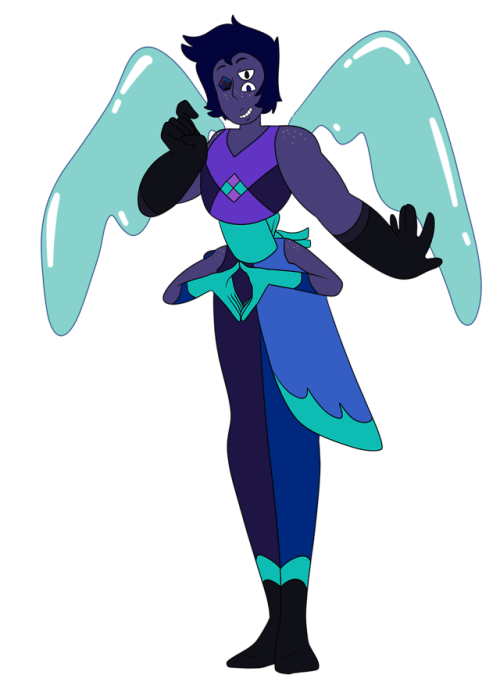

The mineral content of Basalt includes Olivine, Plagioclase, Pyroxene and mineral content of Obsidian is not available. The composition of Basalt and Obsidian consists of mineral content and compound content. The life cycle of a rock consists of formation of rock, composition of rock and transformation of rock. Here you can know more about Basalt and Obsidian. The uses of Basalt in construction industry include Arrowheads, As dimension stone, Cobblestones, Cutting tool, Rail track ballast, Roadstone and that of Obsidian include Arrowheads, Cutting tool, Knives, Scrapers, Spear points. Due to some exceptional properties of Basalt and Obsidian, they have various applications in construction industry. The interior uses of Basalt include Floor tiles, Homes, Hotels and Kitchens whereas the interior uses of Obsidian include Decorative aggregates and Interior decoration. Learn more about Basalt vs Obsidian in the next section. Also you can check about Properties of Basalt and Properties of Obsidian. Basalt vs Obsidian characteristics assist us to distinguish and recognize rocks. Characteristics of rocks include texture, appearance, color, fracture, streak, hardness etc. It can also be used for jewelry-making, as it can be cut and polished into beautiful gemstones.Though some rocks look identical, they have certain characteristics which distinguish them from others. Q: What are the practical applications of crying obsidian?Ī: Crying obsidian is better suited for decorative or ornamental purposes due to its unique appearance. Crying obsidian is characterized by its unique teardrop-shaped pockets of gas and liquid, as well as its light color and glossy surface.Ī: Crying obsidian is formed when molten magma, rich in silica, is pushed up from deep within the Earth’s crust and then solidifies suddenly as it cools in the presence of water or other liquids. Q: How can I tell the difference between regular and crying obsidian?Ī: Regular obsidian is typically much darker in color and has a more typical volcanic glass composition. It is often characterized by its glossy black surface and unique crystalline texture. Both types of obsidian can be used for jewelry-making, as both can be cut and polished into beautiful gemstones.Ī: Crying obsidian is typically light in color, ranging from black to dark gray. Crying obsidian, on the other hand, is better suited for decorative or ornamental purposes due to its unique appearance. When it comes to practical applications, regular obsidian is much more durable and better suited for use in construction and tool-making. It is also much smoother to the touch and has a unique crystalline texture. Crying obsidian, on the other hand, is much lighter in color and is more prone to fracturing due to its high gas content. In general, regular obsidian is much darker in color than crying obsidian and has a more typical volcanic glass composition. The result is an easily identifiable, glossy black rock with a crystalline texture and numerous tiny inclusions or pockets of gas or liquid. Crying obsidian is formed when molten magma, rich in silica, is pushed up from deep within the Earth’s crust and then solidifies suddenly as it cools in the presence of water or other liquids. Its name comes from the fact that these pockets look like a weeping eye when the rock is broken or polished. The result is an extremely hard and brittle material that fractures with very sharp edges.Ĭrying obsidian is a variant of the regular obsidian rock, which is characterized by its unique teardrop-shaped pockets of gas and liquid. Obsidian is commonly found within the margins of rhyolitic lava flows known as obsidian flows, where the chemical composition (high silica content) induces a high viscosity and polymerization degree of the lava. It is produced when felsic lava extruded from a volcano cools rapidly with minimal crystal growth. Obsidian is a naturally occurring volcanic glass formed as an extrusive igneous rock. What is the Difference Between Crying Obsidian and Regular Obsidian?


 0 kommentar(er)
0 kommentar(er)
